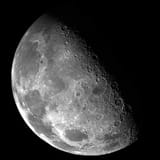Was Shukla’s Axiom-4 flight to the International Space Station worth it for ISRO? | Indian Space Progress #29
A complicated question to answer for a controversial flight intended to advance India’s grand ambition of indigenously sending humans to space.
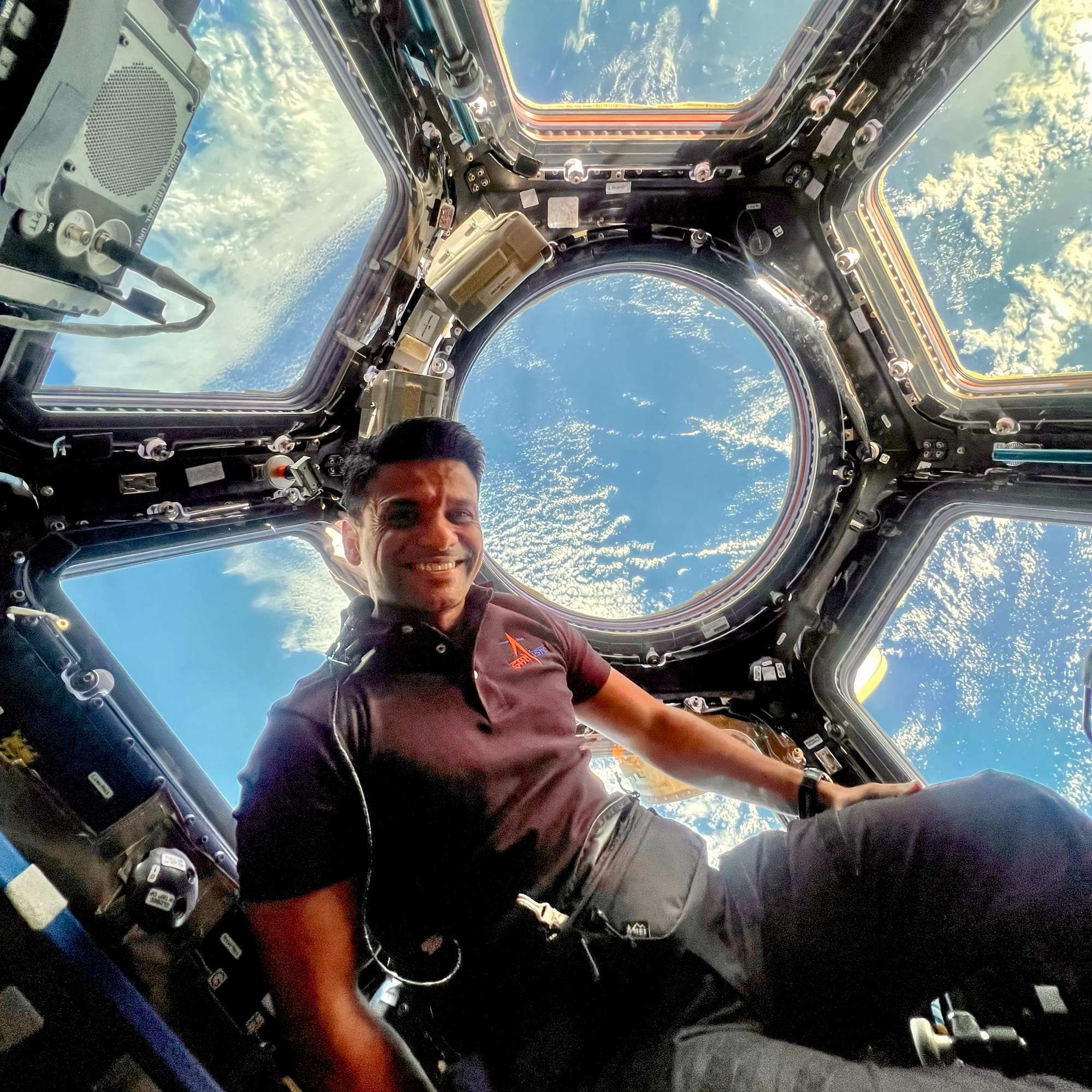
Sponsored job listings: PierSight Space is hiring for 15 roles—notably an embedded software developer and engineers for RF design and spacecraft electrical assembly & integration—to join their teams in Ahmedabad and Bangalore who are building a constellation of SAR-AIS satellites for persistent, all-weather ocean monitoring.
Before we dive into evaluating the Axiom-4 mission’s specifics as relevant to ISRO, here’s a mission brief:
On June 25, India’s test pilot & Group Captain Shubhanshu Shukla launched in a Crew Dragon capsule atop SpaceX’s Falcon 9 rocket to the International Space Station (ISS) as part of the Axiom Space Ax-4 mission crew. Said Axiom-4 crew comprises Mission Commander (and space veteran) Peggy Whitson, Mission Pilot Shubhanshu Shukla, and Mission Specialists Sławosz Uznański from Poland & Tibor Kapu from Hungary. The capsule, named “Grace” by the crew, docked with the ISS the next day. ISRO provided a timeline of activities until June 30. After a total of 19 days of stay and experiments at the ISS, the crew re-entered Grace and splashed down safely on Earth today, July 15.
Note: Shukla has become the first Indian national to have visited the ISS but is not the first Indian to do so, as numerous media reports have claimed, since Sunita Williams is of Indian origin too. Williams isn’t an Indian citizen but you don’t need to be one to be of Indian origin.
Shukla’s Ax-4 ISS flight is critiqued in India
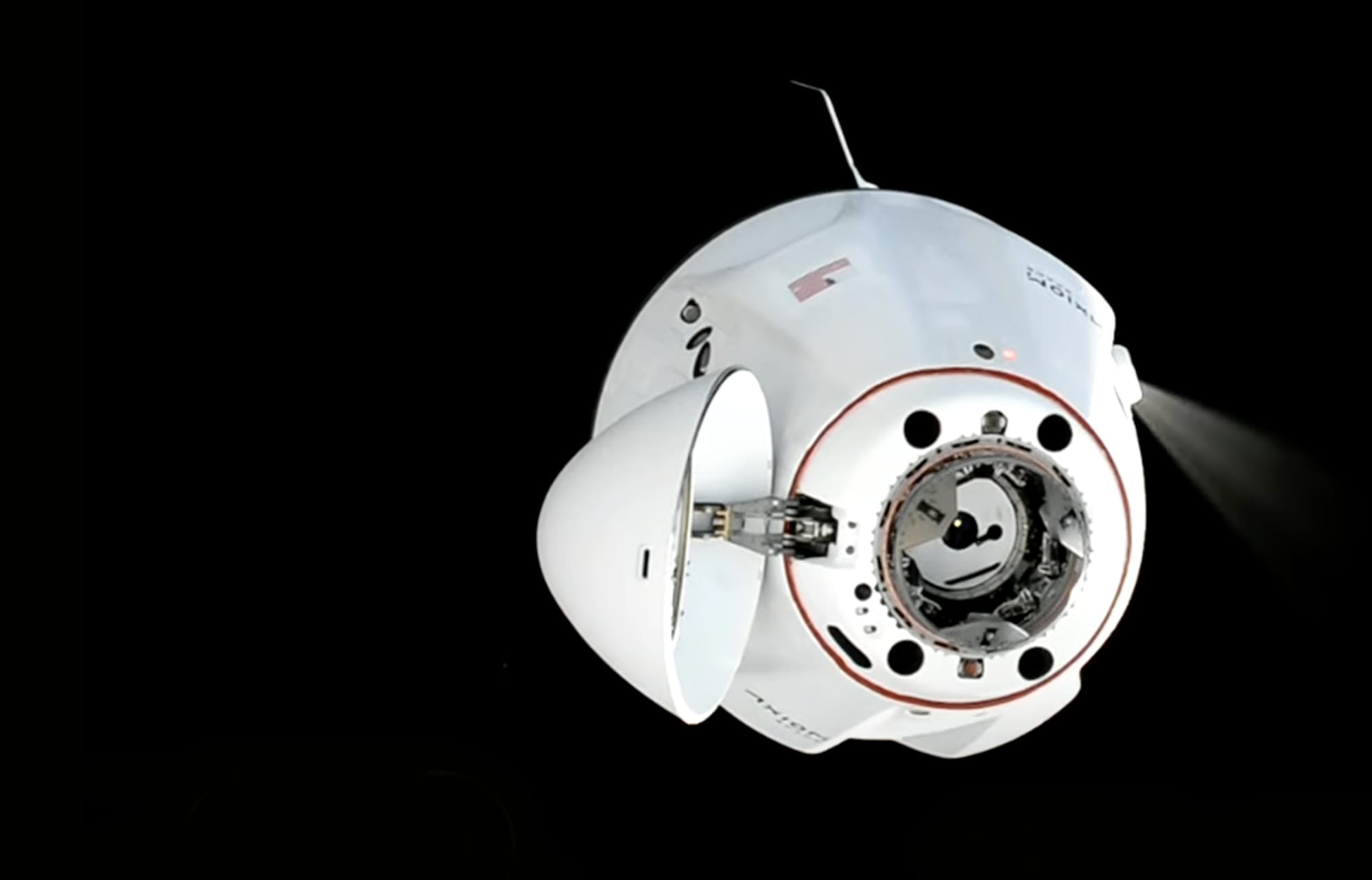
Shukla’s flight to the ISS has spurred controversial opinions in Indian space communities. Between the influx of public posts online, conversations I tuned into in semi-private messenger groups, and many people I spoke to offline, this mission has been the most polarizing in recent times. Some say that as a commercial mission, it’s just a “joyride”. Others say the mission should be proudly celebrated as a national achievement. Others still consider the mission to be a waste of ~$70 million for Indian taxpayers. What is true?
The reason I’ve had to do this piece is because ISRO, or rather India’s Department of Space (DOS) as its overarching entity, did not provide a formal rationale for paying for an astronaut ride on the Ax-4 ISS mission. It’s only after the mission’s launch and repeated media inquiries that ISRO provided a few details on what’s in it for us as a country.
I reached out to ISRO, NASA, Axiom, and SpaceX to get more information other than assimilating what’s on the Web. I did not hear back from ISRO and SpaceX. Follow-ups were not responded to either. It remains frustrating that despite me being an Indian citizen, ISRO doesn’t formally respond to journalistic queries for contacts listed on its website. NASA and Axiom responded repeatedly. As an Indian citizen, how is it that I have easier formal access to NASA but not ISRO?
Anyway, between responses from NASA and Axiom, and some added context to consider, it’s possible to make a nuanced case in favor of the mission as explained and discussed below—albeit with some caveats.
Putting the cost in context
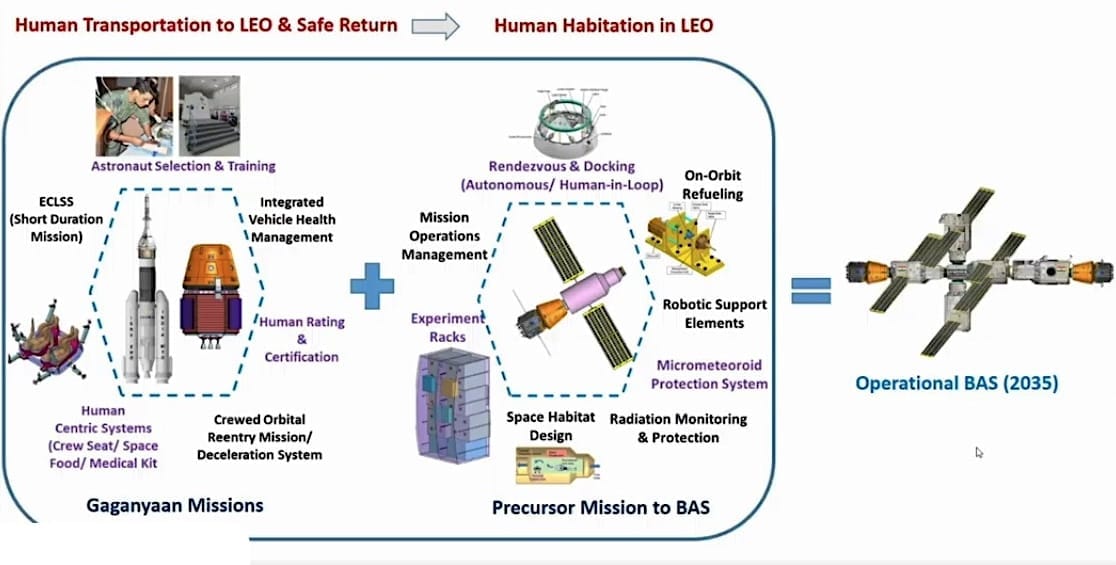
How much did Shukla’s Ax-4 ISS flight cost to ISRO? Chethan Kumar has reported at least $68 million sent in payments to Axiom and NASA. That’s almost the same amount as Chandrayaan 3’s Moon landing. And that’s why many consider Shukla’s ISS flight to be a rather expensive joyride. But what most have missed is the backdrop of the ~$2.4 billion budget of the Gaganyaan program of which Ax-4 is part of. In other words, Shukla’s ISS flight has cost India only 3% of its sanctioned human spaceflight budget. It’s also about 4.5% of ISRO’s annual budget of $1.5 billion in recent years.
Assuming the flight’s stated—and unstated—benefits hold true to scrutiny and prove valuable over time as expected, the amount spent is not high. As an agency new to the niche pursuit of human spaceflight, ISRO leveraging of Ax-4 to gain insights into the complexities of real world astronaut missions and its international coordination mechanisms can be a worthwhile cause. Especially so before India mounts its own far-more-expensive astronaut expeditions. And that’s why the exact amount spent on Shukla’s flight within that order of magnitude does not really matter.
People have argued that ~$70 million could’ve been better spent on India’s more pressing space technology needs, including civil and defense ambitions. However, budget appropriations don’t work that way. Money assigned for use on Gaganyaan and its missions will not get automagically reassigned to India’s other space missions should Gaganyaan or aspects of it disappear. That money will instead simply be added to the country’s central funds.
And yet despite all of this, it can be perplexing to understand the ISRO Chief V. Narayanan’s statements to Times of India that the Ax-4 mission’s spending is justified in another way too:
The ₹548 crore spent on the mission is a fraction of what India would’ve otherwise needed to spend on replicating the same training, exposure and systems-level experience. [...] We’ve gained access to infrastructure and experience that would otherwise require thousands of crores.
Now, it’s possible that the context in which this was said is different and missing. Because otherwise Gaganyaan’s explicit goal is to indeed build the same kind of infrastructure and capabilities in India. For a country wanting its own human space station and to send Indians to space by ourselves, we would certainly need to spend those thousands and thousands of crores to possess the numerous functioning parts of an independent human spaceflight program. And so the assumption is that Shukla’s ISS flight will lend us practical and nuanced insights that help us accelerate progress on Gaganyaan. That brings us to the next contended question.
What all did Shukla and his backup Nair train for?
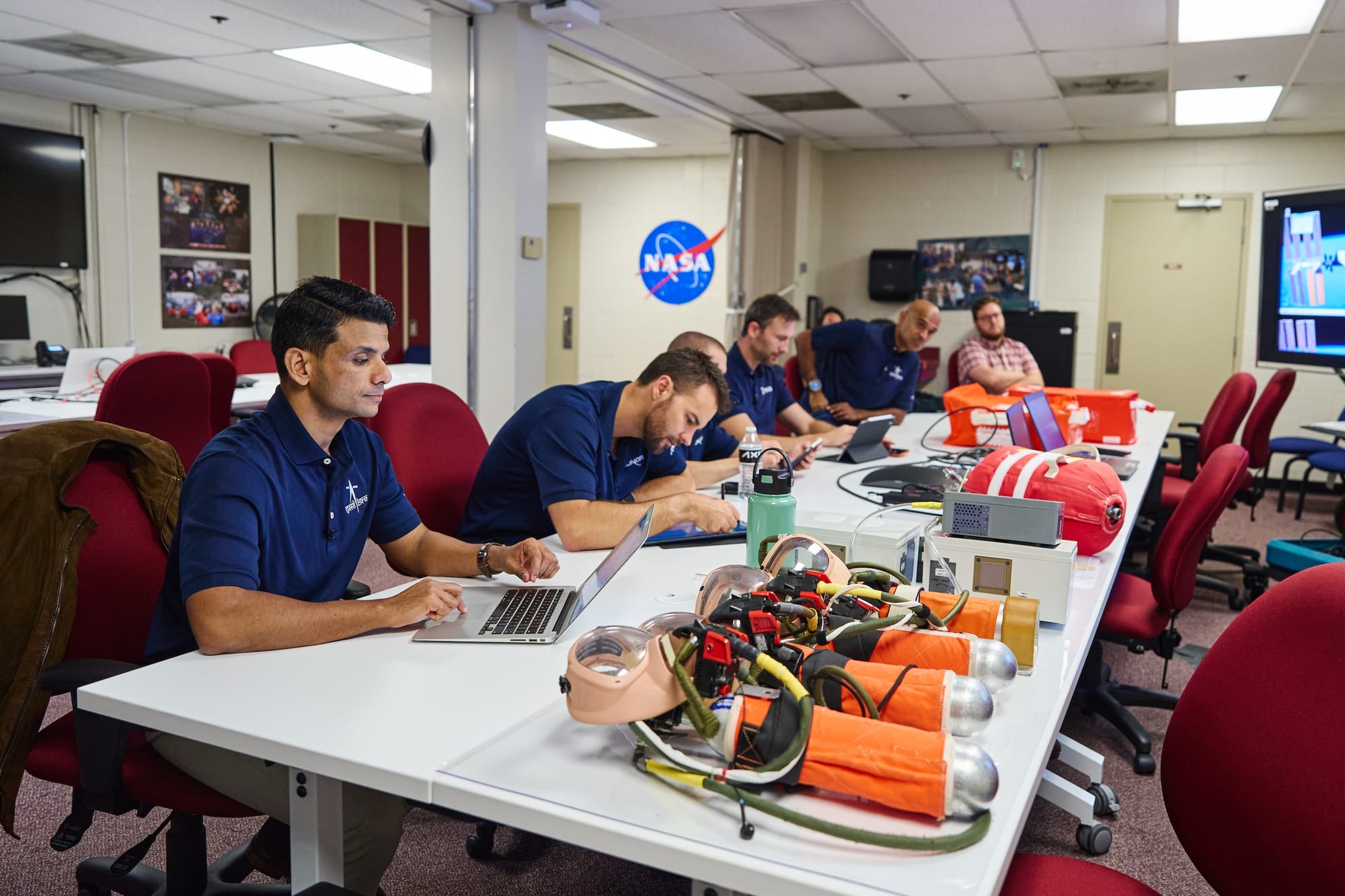
Critics argue that the commercial Ax-4 flight to the ISS is a fully automated one thanks to the sophistication of the SpaceX Crew Dragon vehicle. They add that that coupled with US safeguards like ITAR, the flight is nothing but an expensive joyride with nearly no technical returns for Gaganyaan. So let’s review several specific aspects of the mission and its preparations to see if there’s something unique for India to have learnt.
ISRO itself has mentioned the following in high-level specifics post-launch:
The [astronaut] training modules covered are advanced spacecraft systems, emergency protocols, scientific payload operations, microgravity adaptation, space medicine, and survival training. They also participated in NASA’s National Outdoor Leadership Program (NOLPS) in the wilderness of Mexico, where the focus was on team cohesion and resilience under stress.
[...]
The Ax-04 mission will provide valuable inputs for ISRO’s upcoming Gaganyaan mission. It offers hands-on experience in the nuances of international crew integration, medical and psychological preparation, real-time health telemetry, experiment execution, and crew-ground coordination. These insights will directly influence mission planning, safety validation, and astronaut readiness for India’s first indigenous human spaceflight mission.
This is a good start but does lack details so let’s get into some.
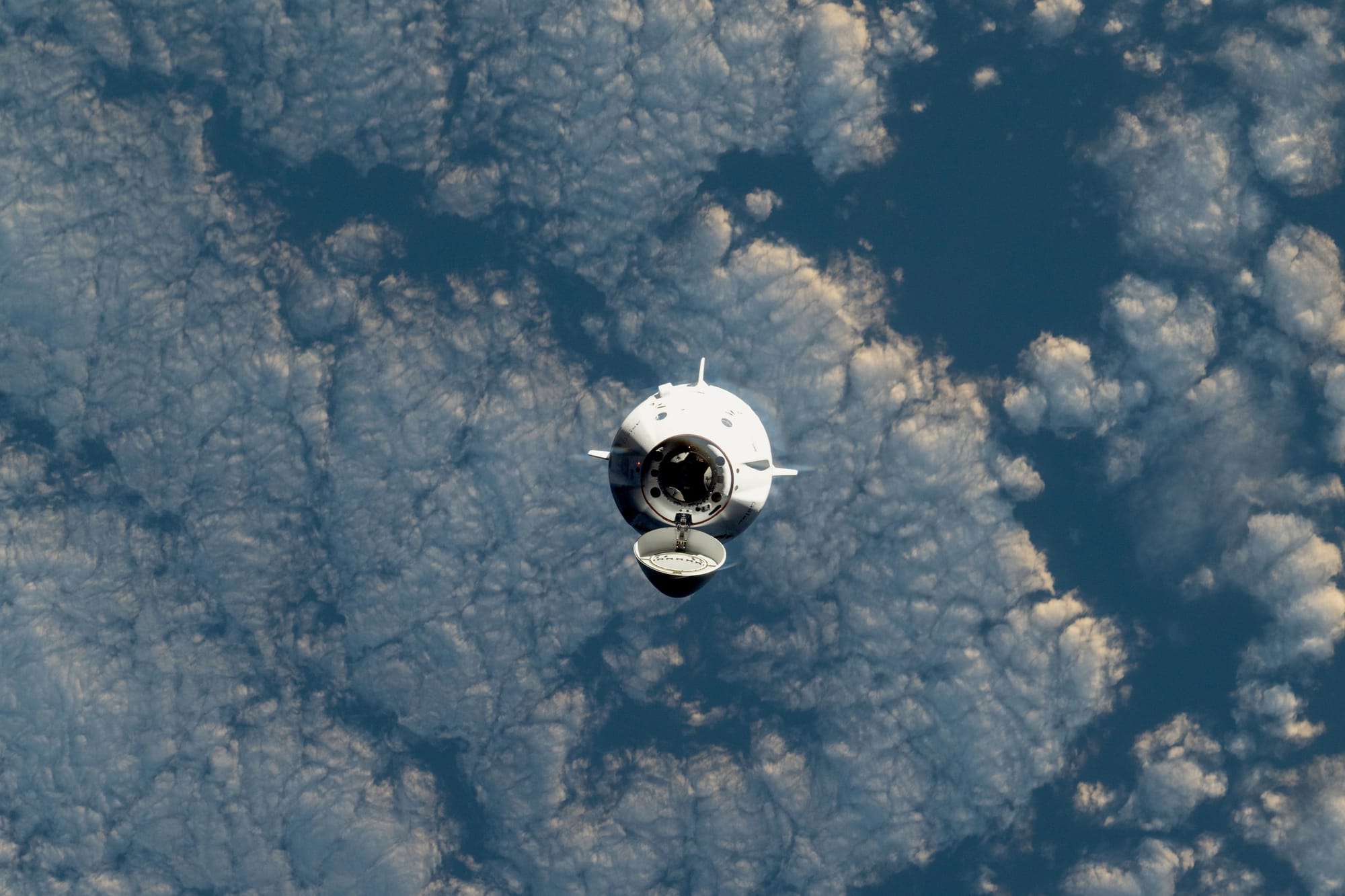
First and foremost, even for a commercial flight, it’s important to make the distinction between someone flying as a Mission Pilot versus other roles. Shukla is the former, as is his backup Prashanth Nair who was equally trained for the mission. Granted that Crew Dragon’s flight is practically fully automated, the Mission Pilot in particular is nevertheless taught to engage manual controls if and when necessary for contingency and emergency scenarios. When asked about distinguishing between mission training provided to Shukla & Nair versus that provided to the whole crew, Axiom Space responded with the following:
As the pilot, Shux [Shukla’s callsign] was trained to monitor Dragon’s systems during all critical phases—launch, docking with the ISS, and re-entry.
During launch, training focused on tracking system health, coordinating with mission control, and staying ready to troubleshoot anomalies.
For docking, he learned how to oversee the approach, ensuring correct alignment with the ISS docking port, and maintaining constant communication with both the station crew and ground mission controllers.
For re-entry, he was trained to monitor descent trajectory and key safety parameters—including parachute deployment and vehicle altitude—and he was trained to intervene manually if necessary.
That last bit in particular can be life saving, and so I wouldn’t characterize the mission as a purely paid passive ride to space and back. Note also that Shukla and Nair are test pilots on Earth. The intuition for air flight is of course completely different than for spaceflight but being pilots of the highest order lend the duo increased adaptability and responsiveness.
For emergency training that was applicable to the entire crew, Axiom Space stated the following. [Note that as a space veteran, Mission Commander Peggy Whitson didn’t need to go through all of these.]
The Ax-4 crew practiced responding to depressurization events, where they must quickly don emergency masks and seal off affected areas to manage a loss of cabin pressure.
They trained for medical emergencies, learning how to provide first aid and use onboard medical equipment to stabilize injured or ill crew members.
Fire response procedures were another focus, involving the location and extinguishing of fires, as well as managing smoke and toxic fumes.
These comprehensive drills equip the Ax-4 crew with the necessary skills and confidence to effectively manage emergencies in the challenging environment of space.
Their training took place across NASA, Axiom Space, and SpaceX facilities, and included integration with international partners to ensure readiness for ISS operations. Nair received similar training to ensure full mission capability as a backup.
The portion of the crew’s training via NASA at the agency’s Johnson Space Center also involved dealing with emergency situations at the ISS. Jimi Russell, the Public Affairs Officer for NASA’s Space Operations Mission Directorate, said:
All private astronauts are trained to what is known as a minimum required level to ensure the safety of themselves and expedition astronauts aboard the ISS, as well as to ensure the safety of the station. At least two of the private astronauts also are trained to what is known as minimum escort level, which reduces the impact to ongoing station operations and improves overall mission safety and private astronaut crew autonomy.
When asked which two Ax-4 astronauts were trained at the “minimum escort level”, and if that involved Shukla, NASA did not respond back.
Many thanks to the Takshashila Institution, PierSight, Catalyx Space, Gurbir Singh and Arun Raghavan for sponsoring this month’s edition of Indian Space Progress. If you too appreciate my efforts to capture true trajectories of India in space, support my independent writing. 🇮🇳 🚀
Experience with microgravity experiments and its ISS modules
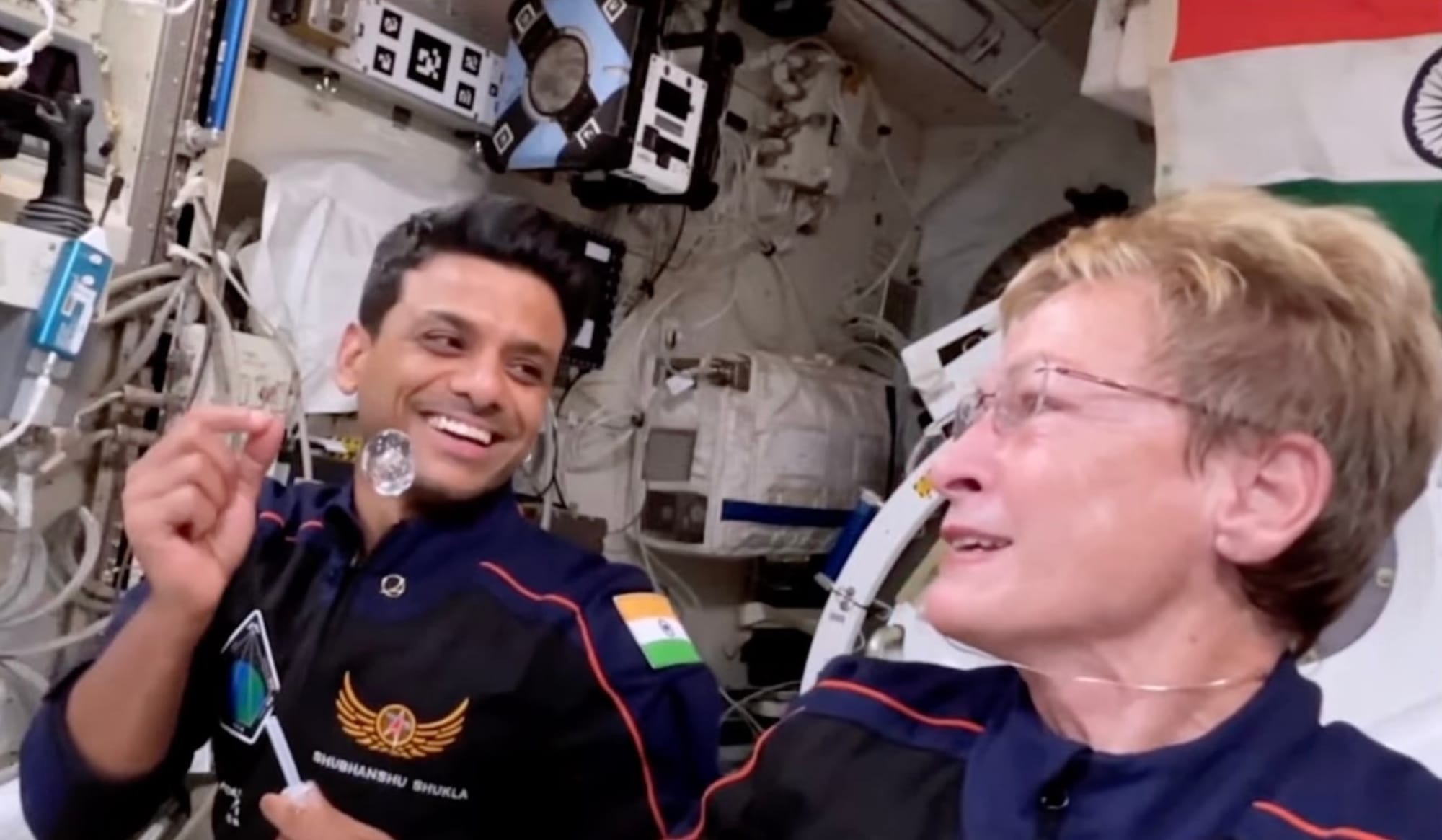
When aboard the ISS, ISRO through Shukla conducted seven out of sixty experiments. As part of a broader ISRO-ESA agreement, Indian institutes had two microgravity experiments jointly with ESA aboard as well. The Indian government’s public broadcast service Doordarshan created a video on the experiments (in Hindi). ISRO and the institutes involved will analyze the data and outcomes from the experiments soon and share the results later.
Note that it’s not the kinds of experiments Ax-4 crew performed that are as notable because, while good, they aren’t unique as the ISS hosts such research activities all the time. But the training for those experiments did give Shukla, Nair, and ISRO exposure to the European and Japanese modules on the ISS, which specialize in microgravity research. Here’s what Axiom has shared:
ESA and JAXA, along with the Japan Manned Space Systems Corporation (JAMSS), have provided astronaut training programs to ensure the assigned Ax-4 crew is adept at functioning within the space station's multinational environment.
[...]
At ESA’s European Astronaut Centre (EAC) in Cologne, Germany, the assigned Ax-4 crew completed comprehensive training covering communications systems, emergency response procedures, and conducting research activities inside the Columbus module. [...] Following ESA training, the crew underwent rigorous training sessions at JAXA's Tsukuba Space Center in Japan, concentrating on understanding the operation of the Japanese Experiment Module (JEM), known as Kibō. The training included gaining an in-depth understanding of the JEM module's capabilities.
Furthermore, ISRO has shared that it was the company Redwire that enabled the Indian experiments to logistically work at the ISS during Ax-4:
Redwire Space, USA, is coordinating the payload integration activities. Redwire facilitated key steps, including technical validation and compliance with ISS payload requirements. Each experiment is packaged into flight-ready payload containers. Redwire is also supporting the development of hardware handling protocols, ensuring that the Indian experiments could be safely deployed and operated onboard the ISS, thereby enabling meaningful scientific outcomes for India’s research community.
Considering that ISRO intends to have scientific experiments as part of its free-flying Gaganyaan capsule as well as space station missions, the ISS research training exposure and experience with ESA, JAXA, and Redwire will certainly come in handy for India as a new player to forge microgravity science modules that are flight feasible.
Could ISRO have achieved these goals another way?
Critics have also stated that ISRO could’ve achieved the goals discussed above via terrestrial means for far lower costs. Note that by this point in the piece, we’ve gone through the ISRO astronauts being involved in mission training and observations across NASA, SpaceX, Axiom, ESA, and JAXA facilities. Now if ISRO were to mount five such bilateral contracts for astronaut training, even if time consuming, it may or may not have provided the same insights with coherence. It certainly wouldn’t include the experience of being tuned into a human spaceflight itself, which I discuss in the next section.
A paid ticket to the ISS, even if commercial, was a single-window entry for ISRO to accelerate its own human spaceflight program. The inefficiency of arriving at a solution is a distinct problem from the outcomes being beneficial regardless. The desired outcome being fulfilled is more important than the pure efficiency of the solution—so long as the cost’s order of magnitude doesn’t rise from tens of millions to hundreds as discussed in this piece above.
Tuning into mission operations
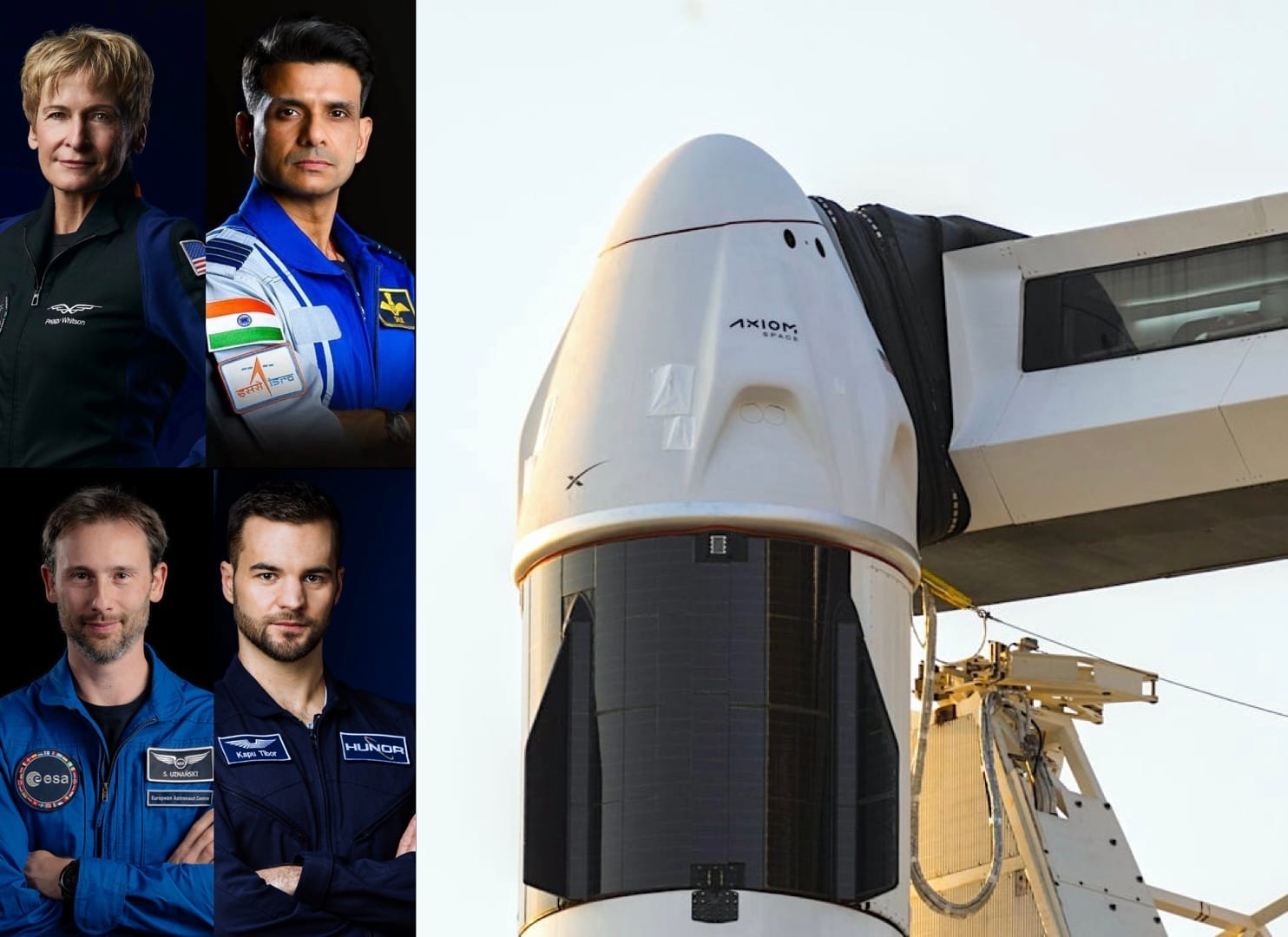
Between the wide-ranging training provided to Shukla & Nair and the former’s flight experience now with its actual series of events in space, and the corresponding events at the mission control center, a valuable lesson for ISRO lies in something that seems simple but is nuanced: the ‘sequence of operations’ used throughout the mission for every system. Shukla knowing, practicing, and experiencing the specificities of this sequence will be valuable for ISRO to correctly or more quickly design human spaceflight systems and consoles. This is especially true for contingency scenarios and emergency situations, where the order of events matters most.
Furthermore, Chethan Kumar has reported that ISRO’s delegation of engineers and doctors supposedly had better access than what is possible through Axiom’s commercial flight alone, with India going through a NASA-ISRO agreement to that end. Kumar reports a “senior ISRO official” who is “closely involved with the mission” sharing the following—albeit all anonymously:
This is the first time we’re seeing these operations up close—till now, it was all just documentation. [...] We were on the audio loop, listening to mission control discussions. We saw what control operations did, how many docking attempts were made, what kind of error parameters were being monitored. These are not things you’ll find in any public webcast or document.
The official also said that the ISRO doctors were involved in the mission during Shukla’s Crew Dragon flight as well as the ISS stay via private medical conference links. They will also be involved in Shukla’s post-flight recovery and rehabilitation for a week or so. This experience with real data of its astronaut will help India plan its indigenous setup for Gaganyaan missions.
The ISRO Chief thus summed up the Ax-4 ISS flight’s advantage to India as follows:
From data handling to high-level system safety discussions, our understanding of the end-to-end process has grown. This cannot be acquired by simulation or literature review alone.
Note though that ESA and JAXA are long-time partners on the ISS. They don’t need Axiom flights for their astronauts to learn anything new. Their true ISS partnerships have provided Europe and Japan vastly superior experiences in human spaceflight than India. Even so, neither ESA nor JAXA have seriously aimed to have an independent human spaceflight program as an outcome [for various reasons including costs] but India is.
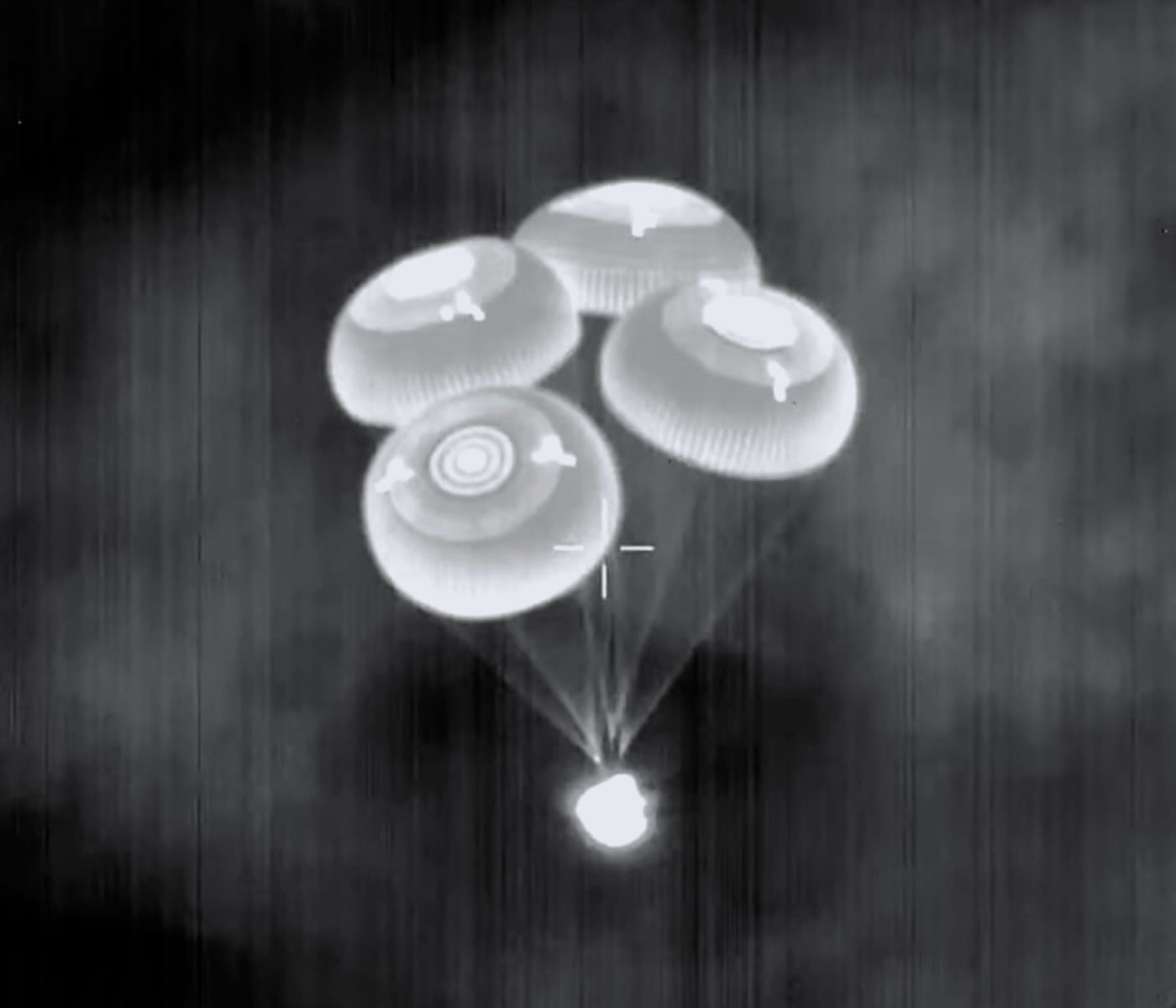
By this point in the piece, it appears that ISRO thought through the benefits of this mission as a key stepping stone in its ambition to indigenously send humans to space. But then you also have ISRO stating on its website that the mission took place “only because” of India’s Prime Minister Narendra Modi.
ISRO’s participation in Axiom-04 Mission happened only because of the visionary leadership of the Honorable Prime Minister of India, Shri Narendra Modi ji. It was under his guidance that the foundation was laid for this joint collaboration between ISRO and the United States. The mission was envisaged during the Prime Minister’s historic visit to the U.S. in 2023 and his meeting with the then-President of the United States to send an Indian astronaut to the International Space Station as part of a broader partnership.
One would typically imagine that since ISRO as India’s premier space technology and research institution understands the nuances of what it stands to gain from the Axiom-4 ISS flight, it would therefore be the one originally proposing said mission. But since it’s the Indian Prime Minister that has both proposed the mission and orchestrated the deal with the US, one therefore asks if ISRO had alternate or even no plans to gain the same insights and experiences that they now have from Ax-4?
Advanced training for ISRO astronauts?
I asked NASA to share some specifics on the non-Ax-4 related training provided by NASA to Shukla & Nair as part of said ISRO-NASA agreement on human spaceflight cooperation. For context, Shukla & Nair, along with the other two ISRO astronaut candidates, completed their basic astronaut training in Russia at various Roscosmos centers. Shukla & Nair were to undergo “advanced training” at NASA. It turns out that it’s not done yet. Jimi Russell, the Public Affairs Officer for NASA’s Space Operations Mission Directorate, said:
The two agencies also are discussing advanced ISRO astronaut training and will share more details as they are available.
Note that the US White House factsheet about the subject at the time of the agreement in 2023 stated the following:
NASA will provide advanced training to ISRO astronauts with the goal of launching a joint effort to the International Space Station in 2024.
Next steps
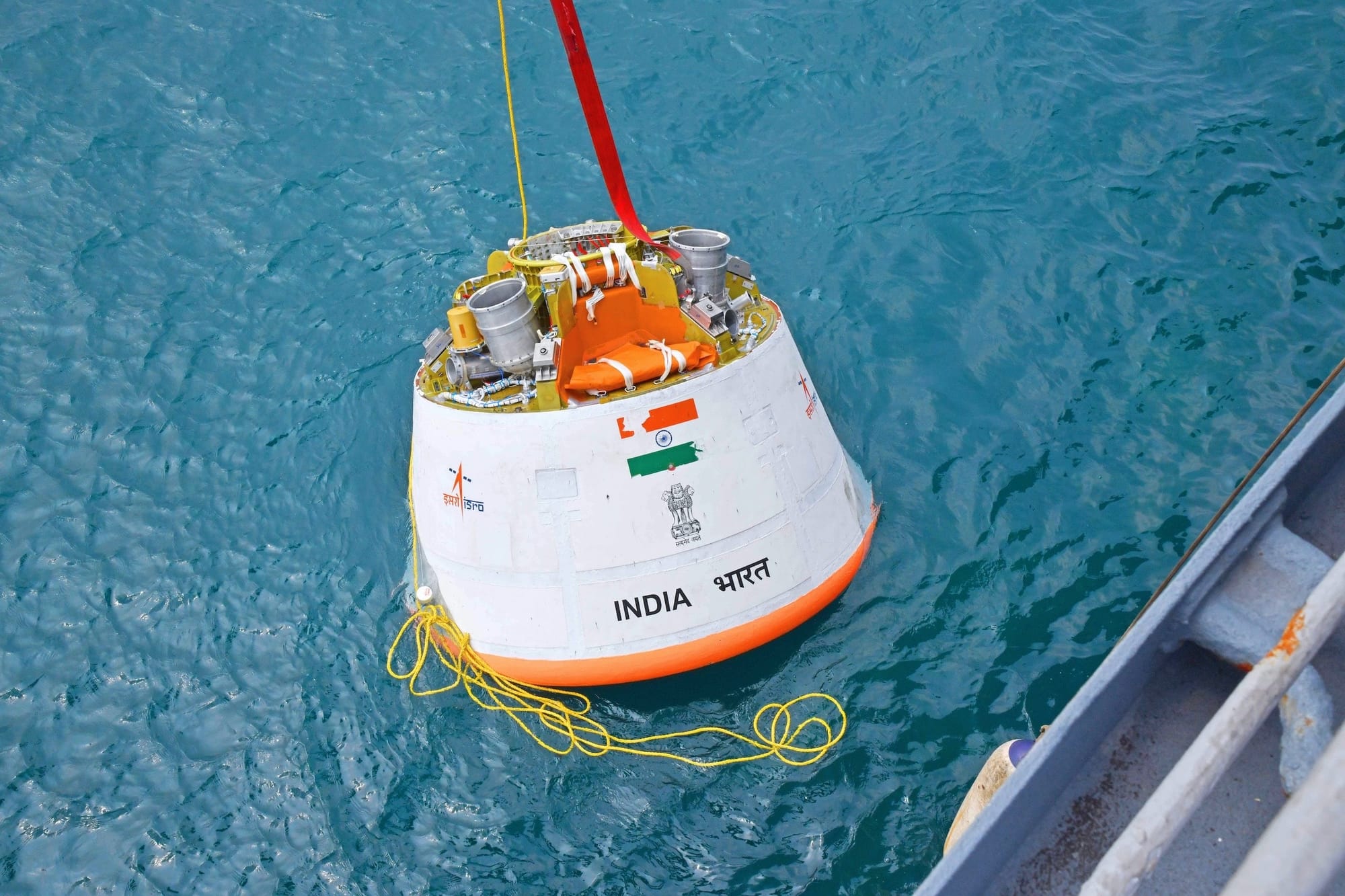
Looking ahead, the next major milestone in India’s human spaceflight journey is Gaganyaan G1. It’s the first of three uncrewed test flights which need to be successful before ISRO can deem all systems to be safe enough to launch its own astronauts from Indian soil. ISRO is targeting G1’s launch later this year although timelines have been uncertain until now. There will also be more abort tests of the Gaganyaan Crew Module to follow up on the previous in-flight abort test.
ISRO’s human spaceflight program has been facing recurring delays despite progress on parts. It’s a complex undertaking, and astronaut safety is paramount. It’s also important to get the essential pieces right when a country has ambitions to create a space station of its own. Shukla’s Ax-4 ISS flight and the Shukla-Nair duo’s training experience will definitely be fed into ISRO’s central planning of Gaganyaan at India’s Human Space Flight Center to accelerate the program—even if there may be caveats about the efficacy and extent of benefits of Shukla’s flight. As with most things, time will tell.
Read previous editions on Indian space
- Indian Space Progress #28: A pressing PSLV rocket failure and orbital congestion to brood over
- Indian Space Progress #27: Three months of mission updates, and fixing ISRO’s monthly summaries
- India’s achievements in Moon exploration this half year
